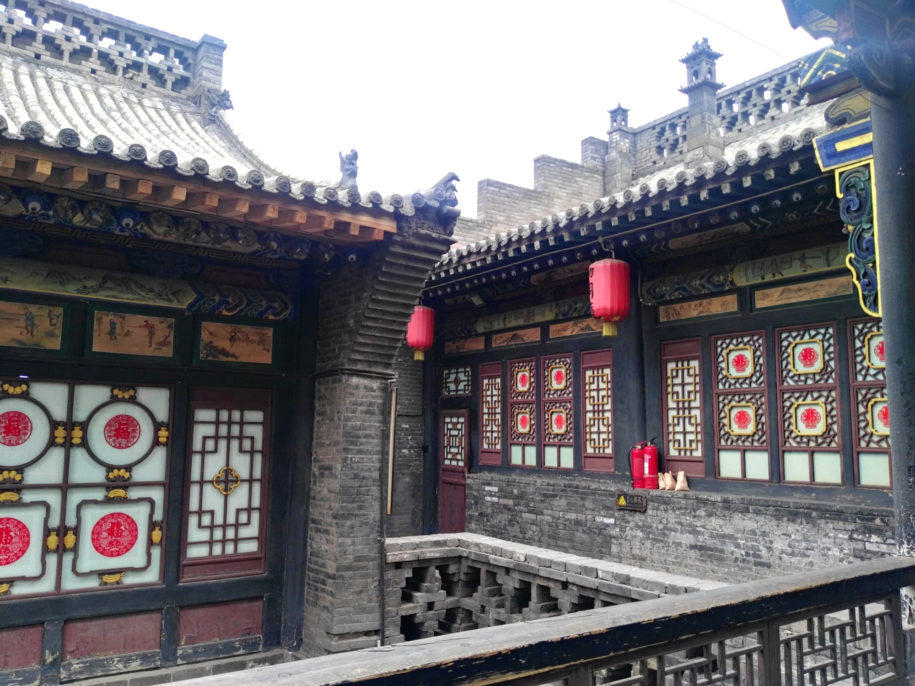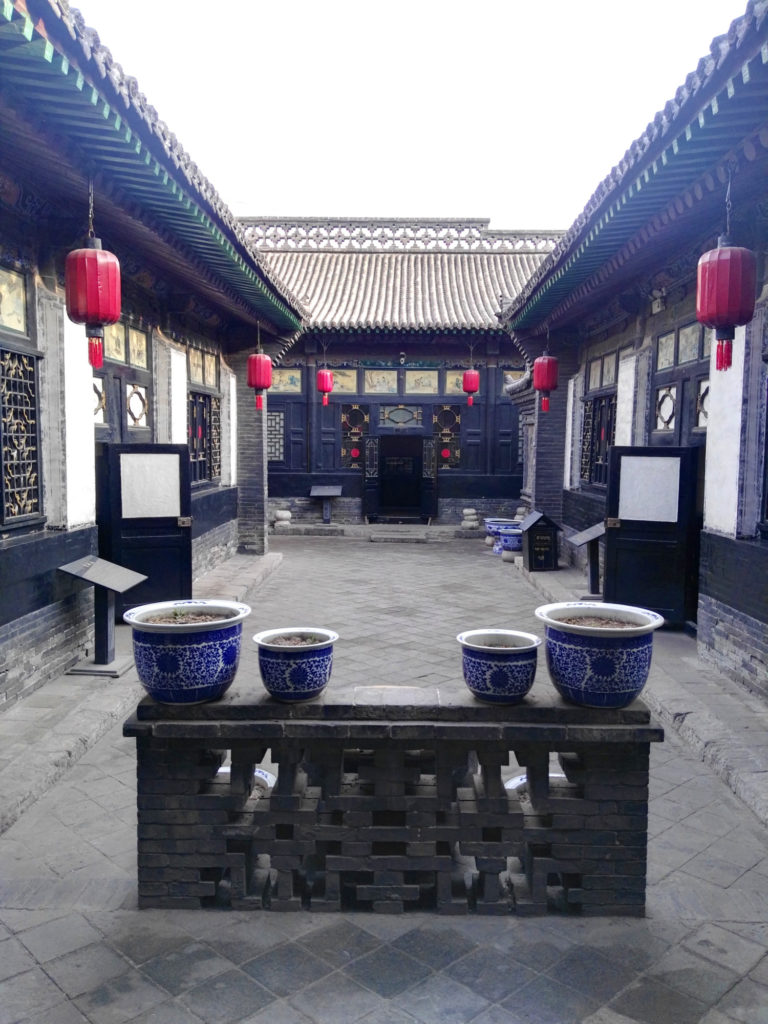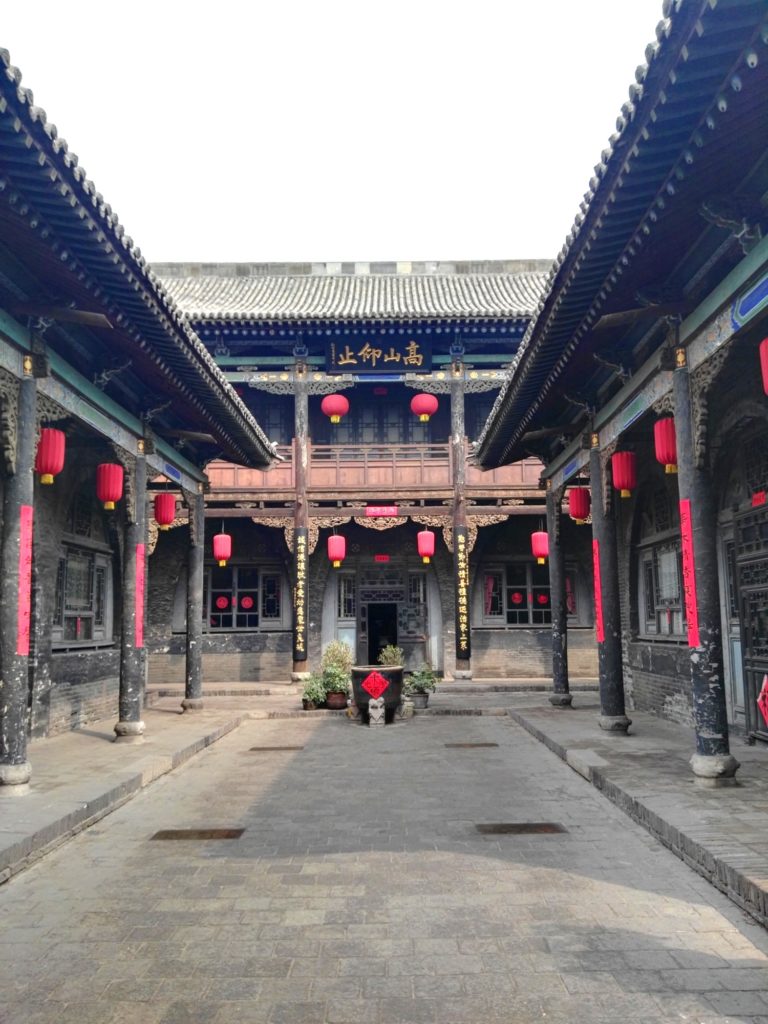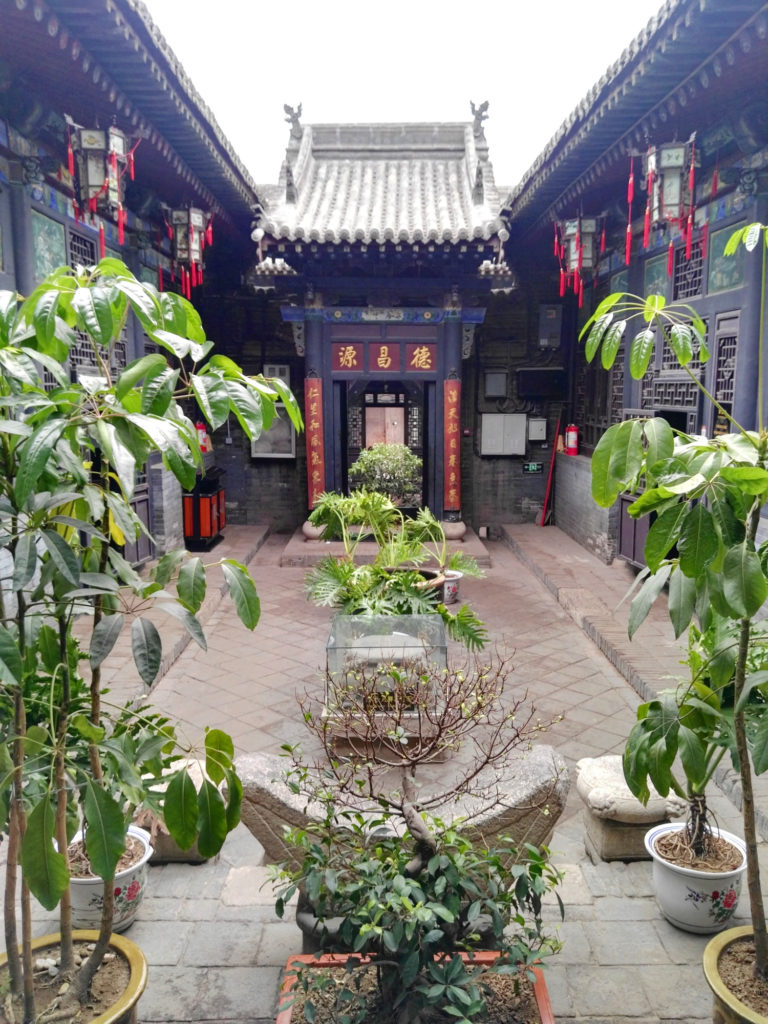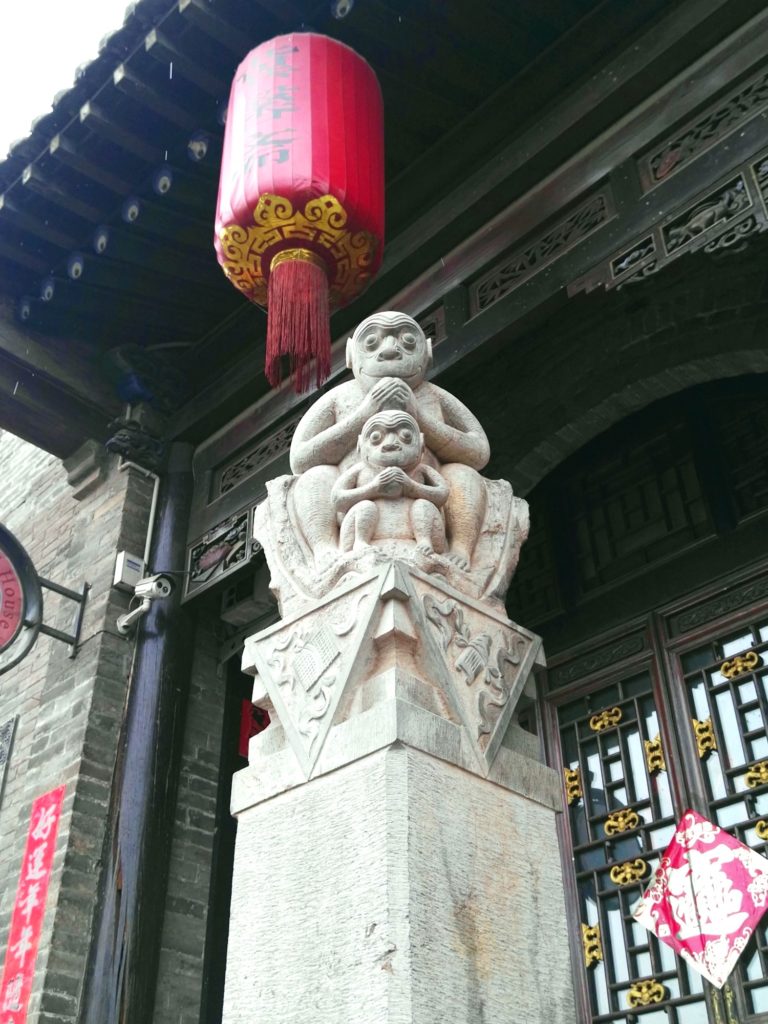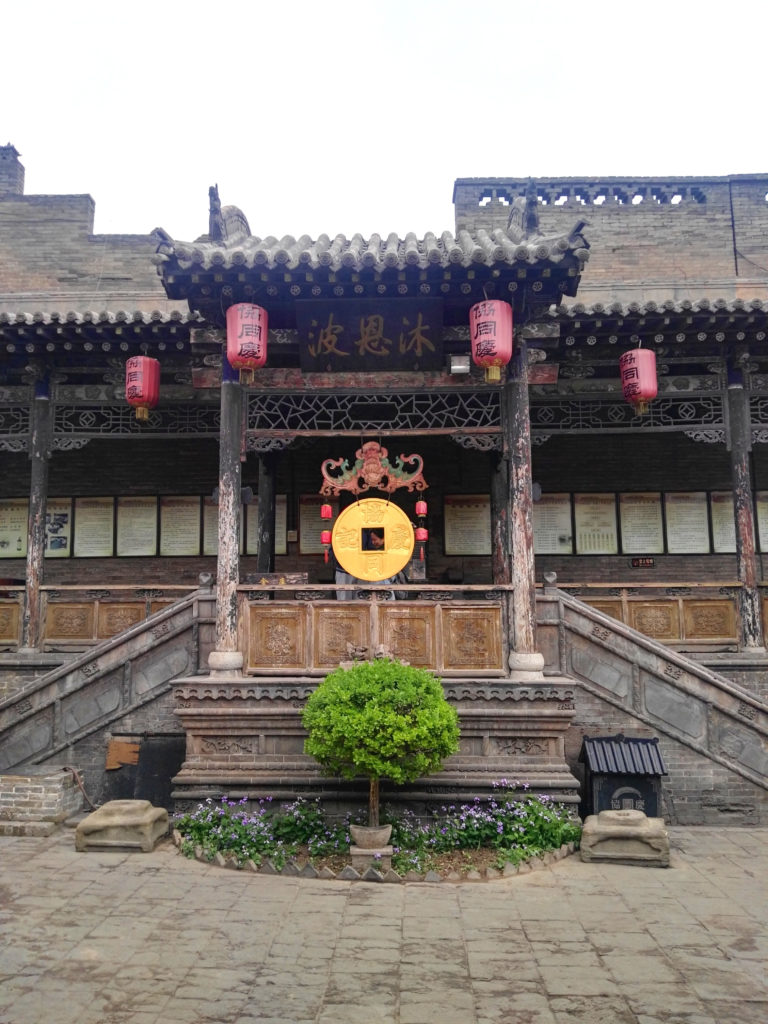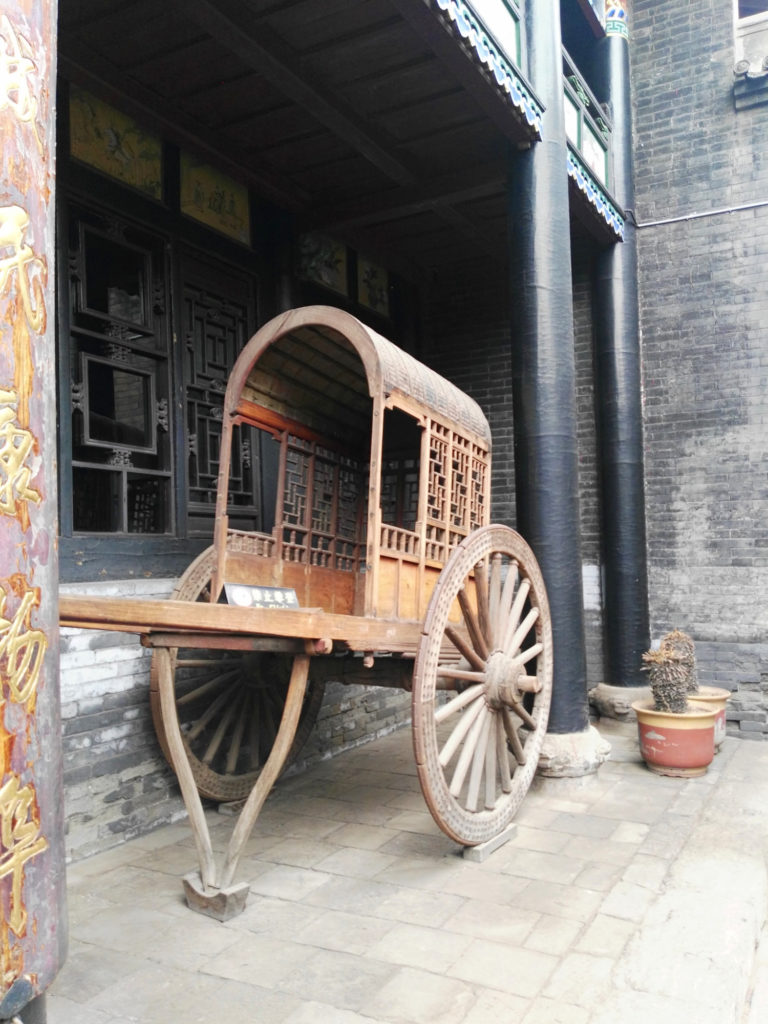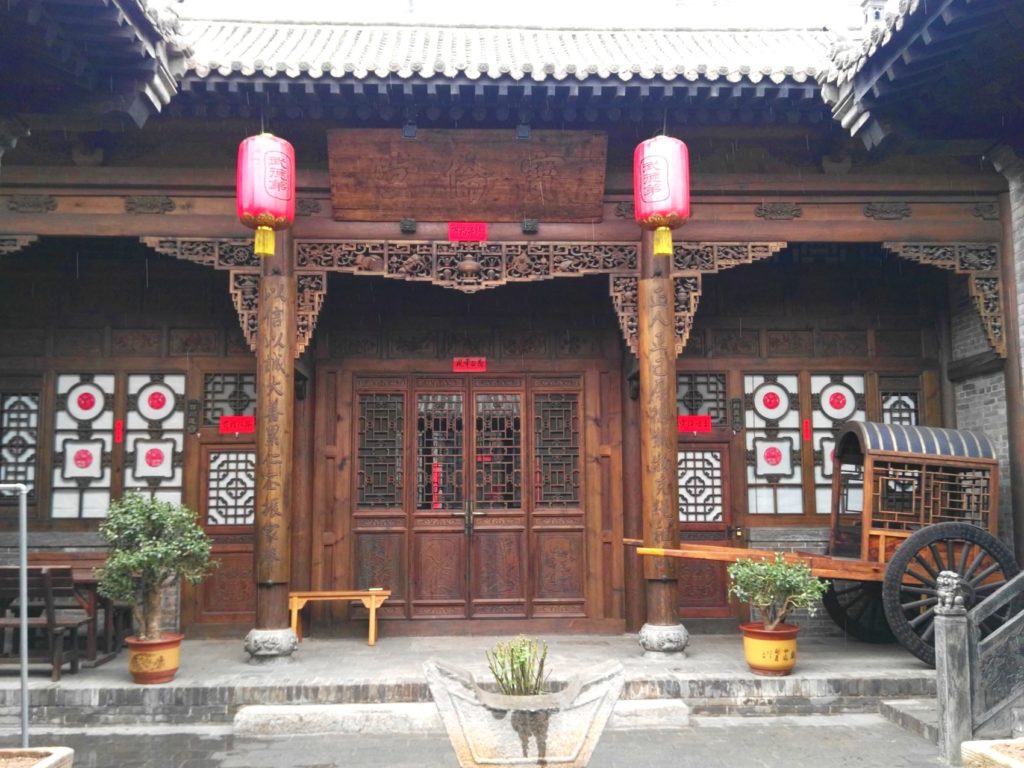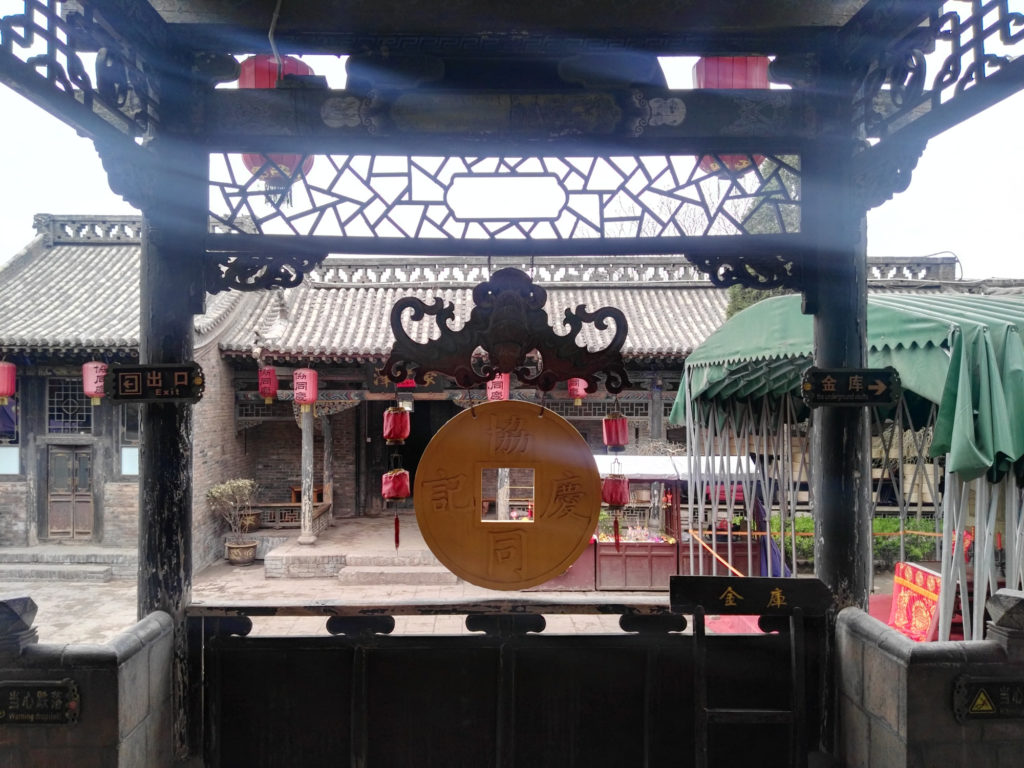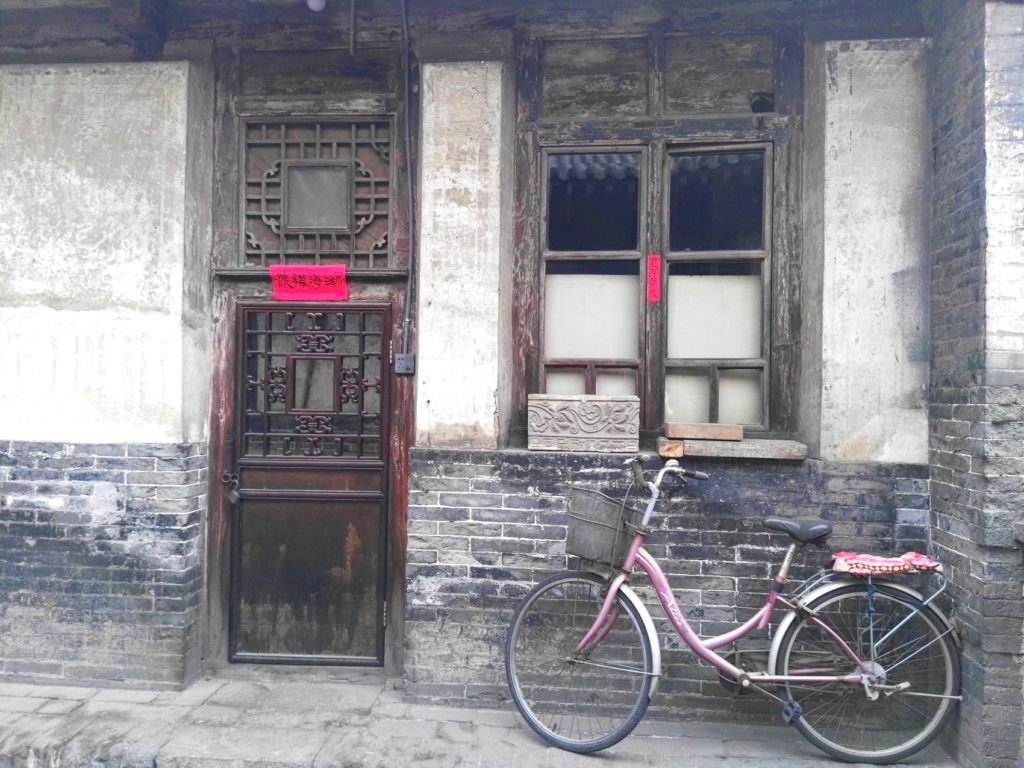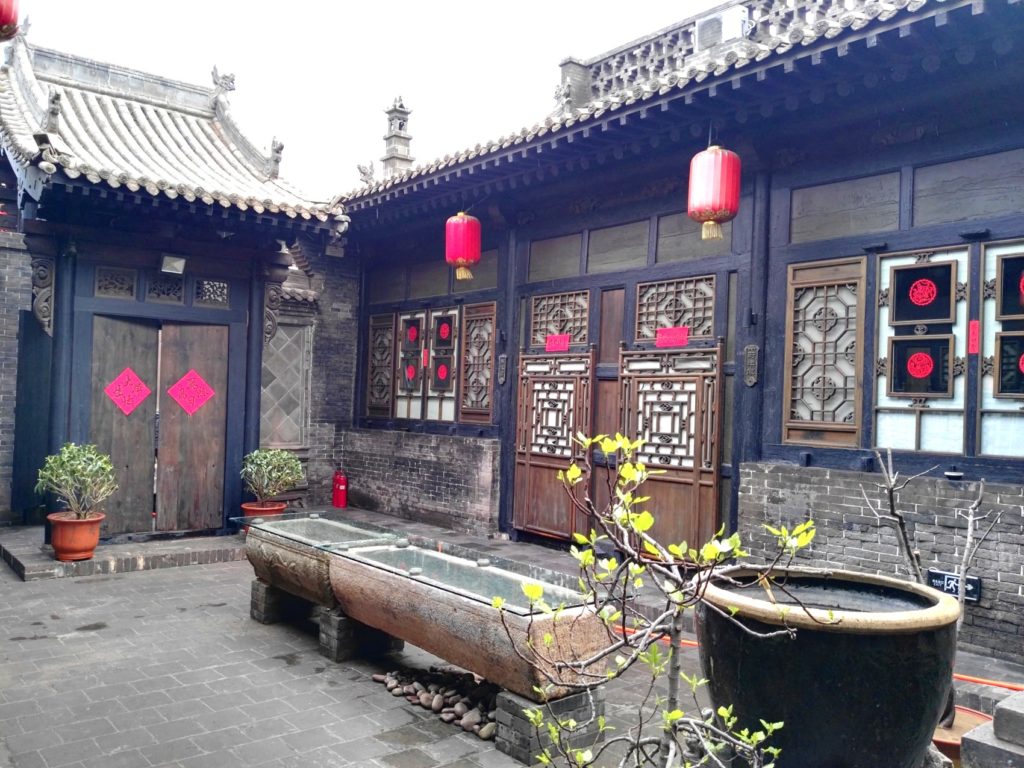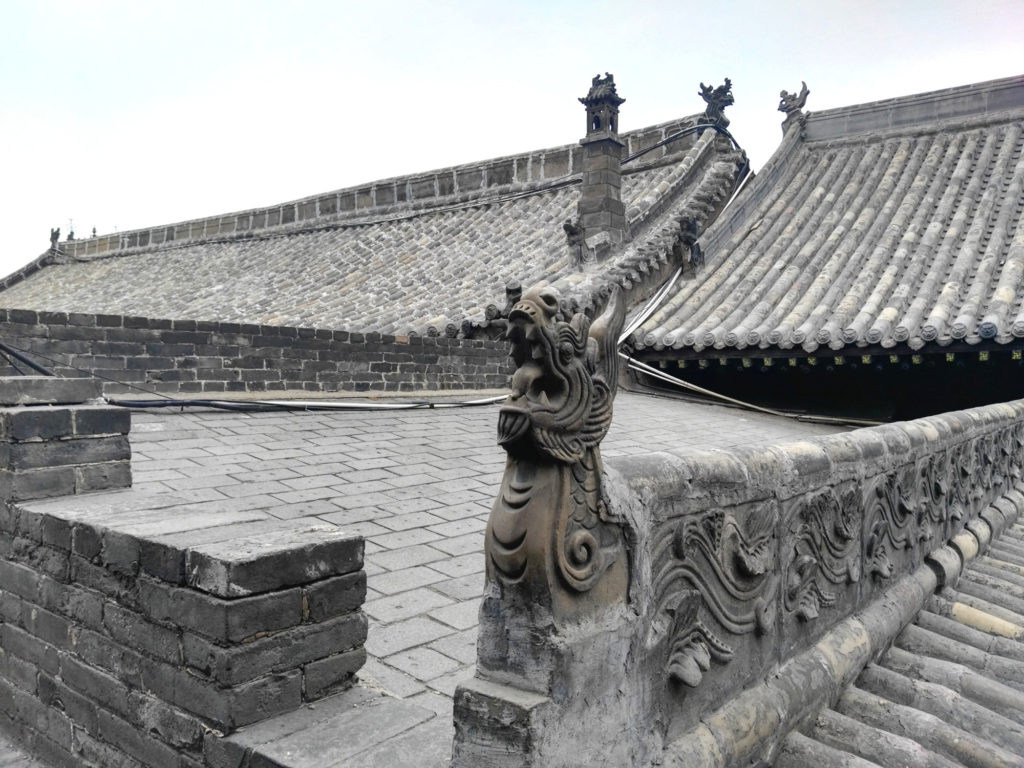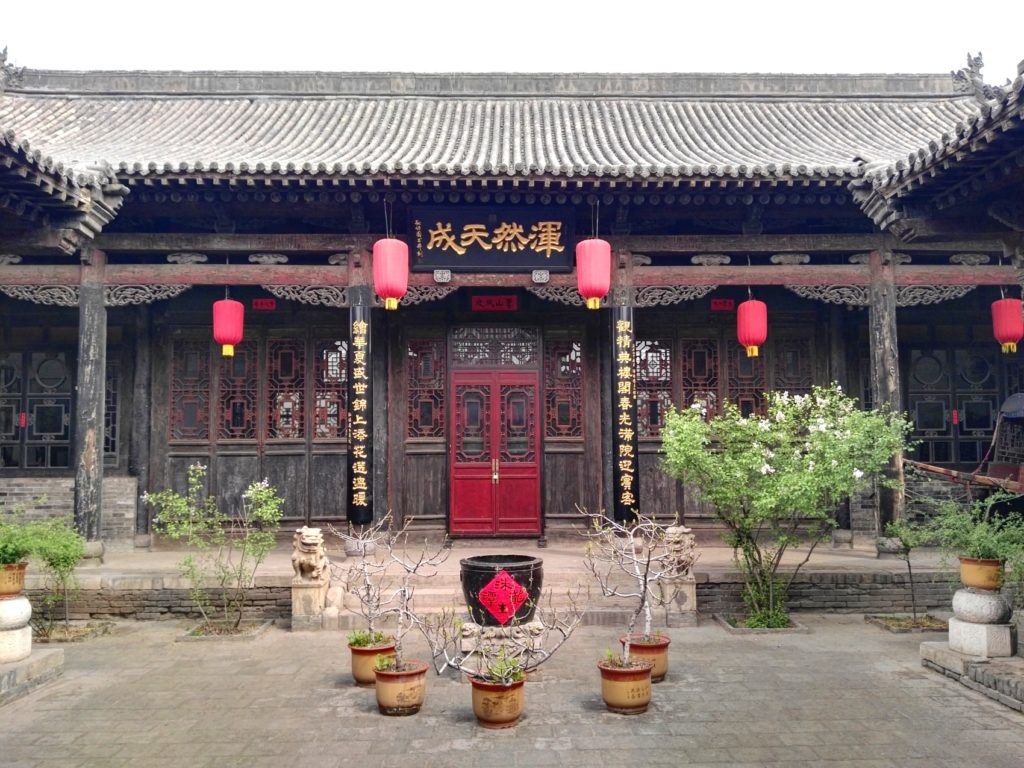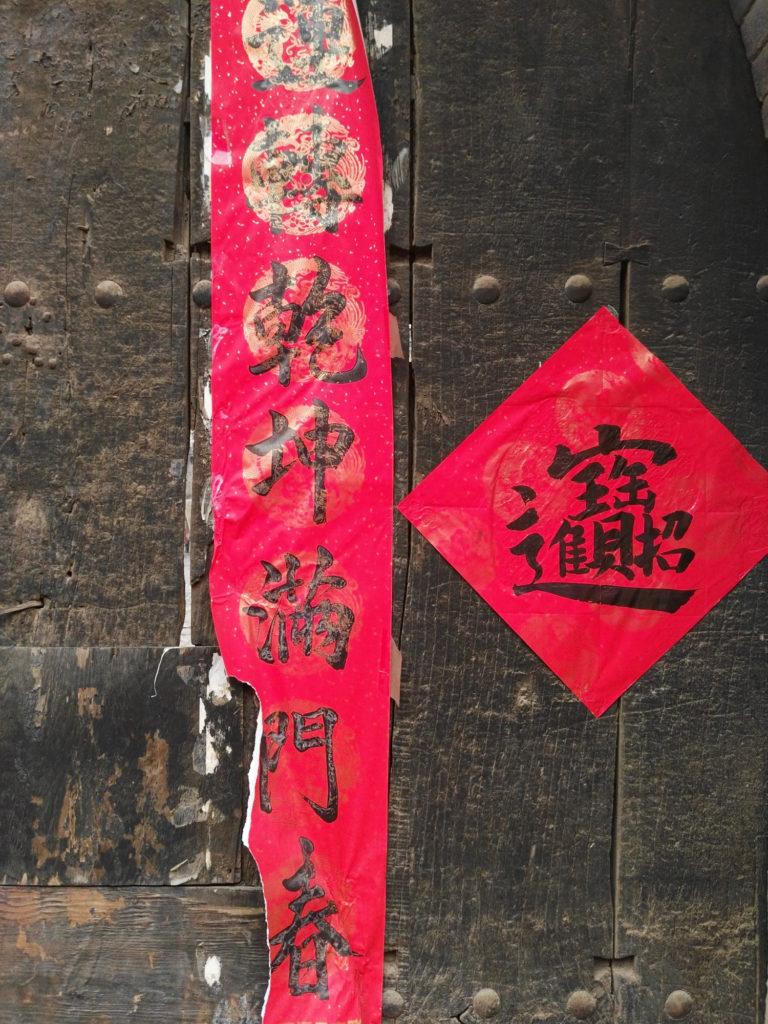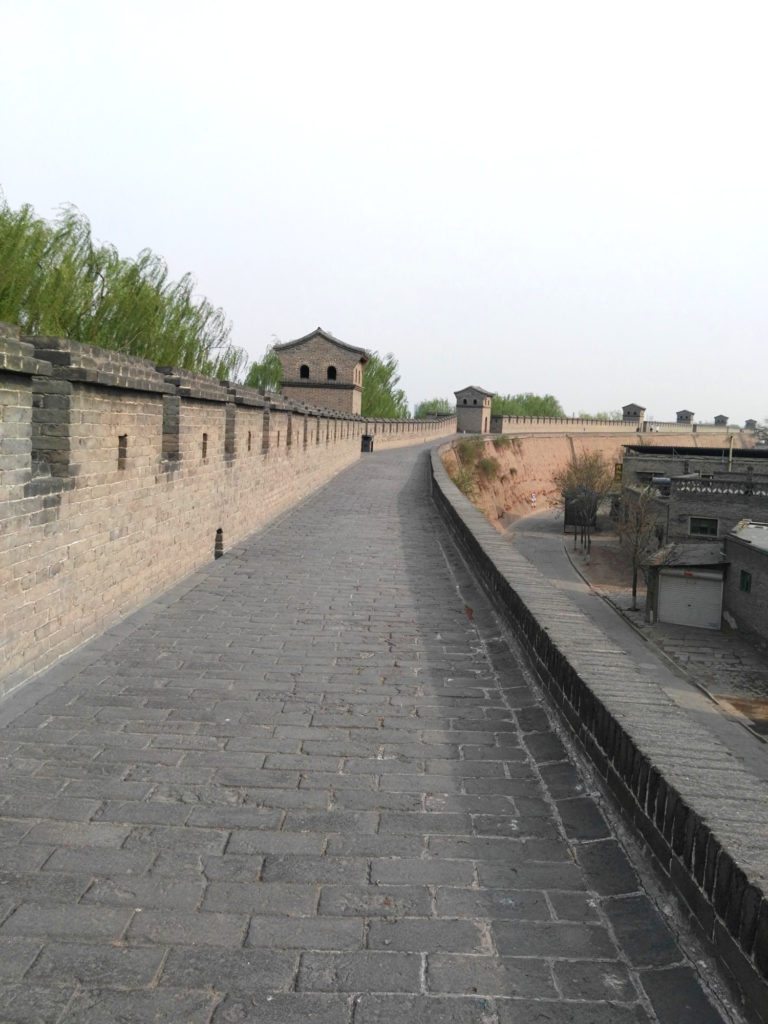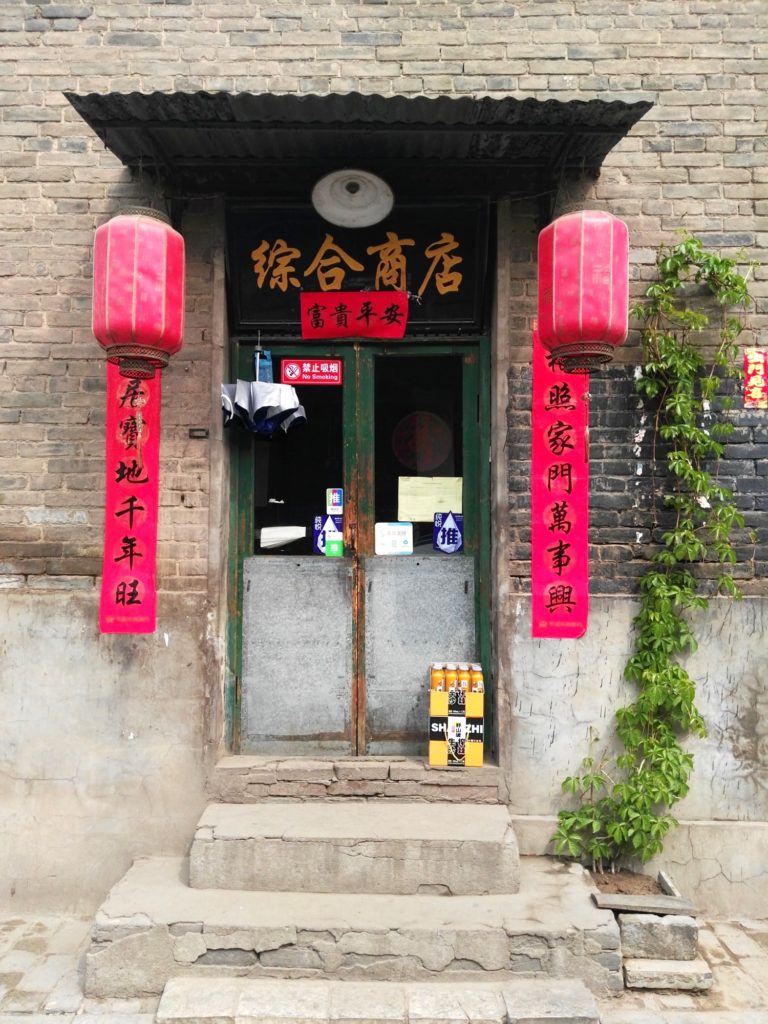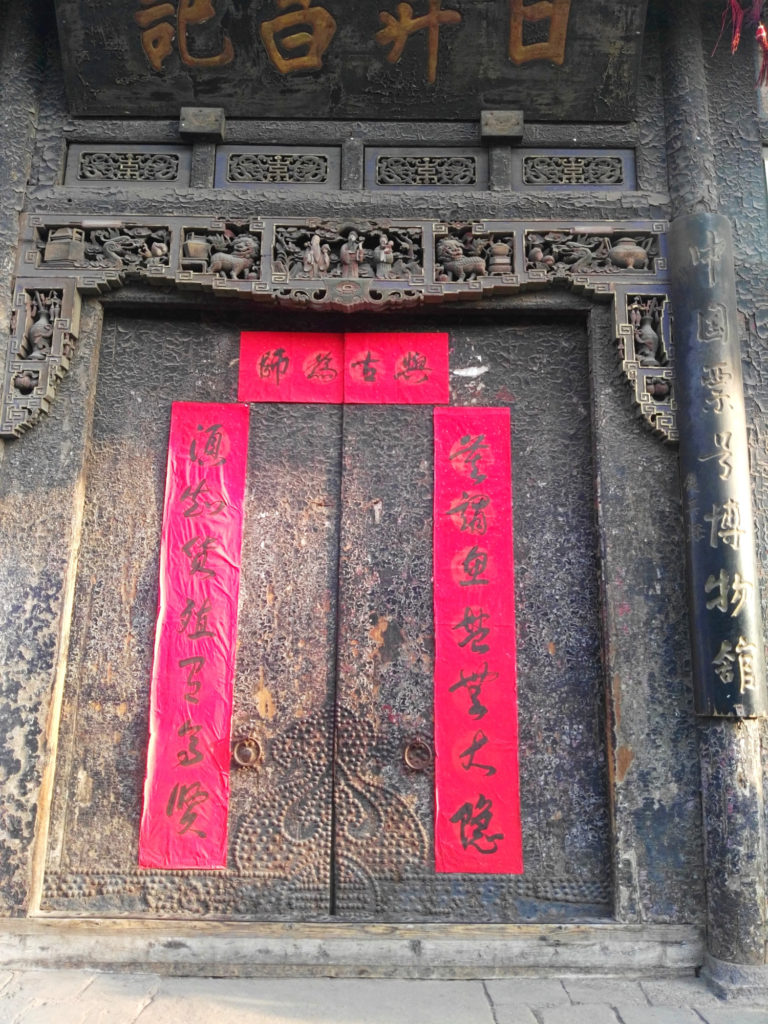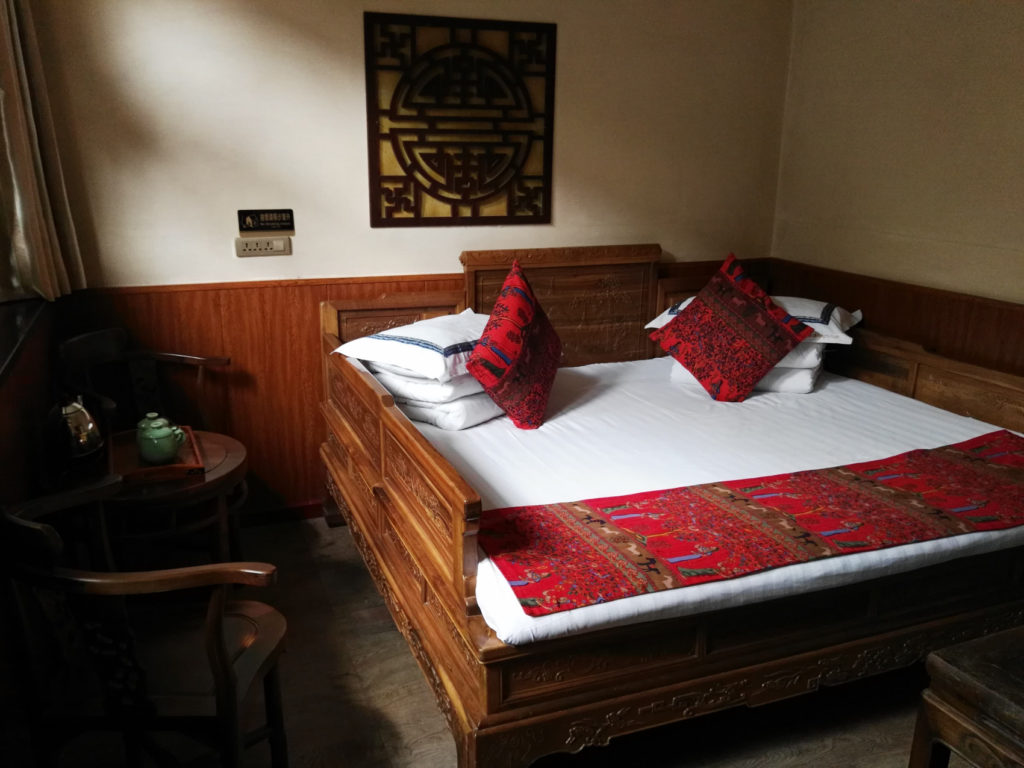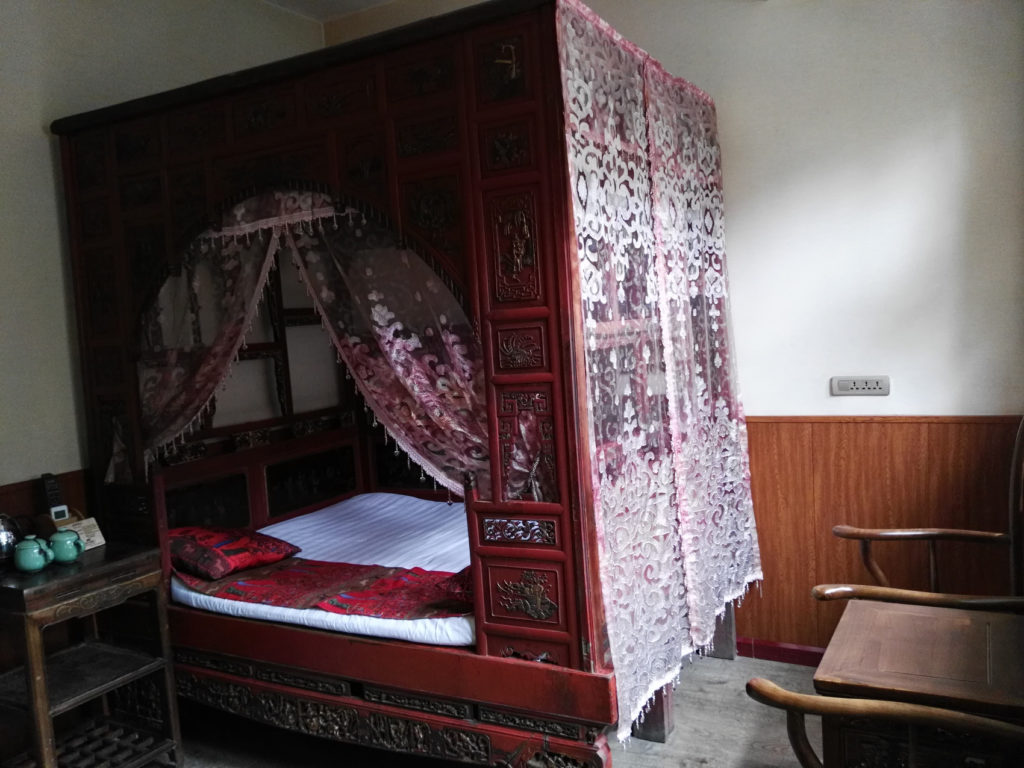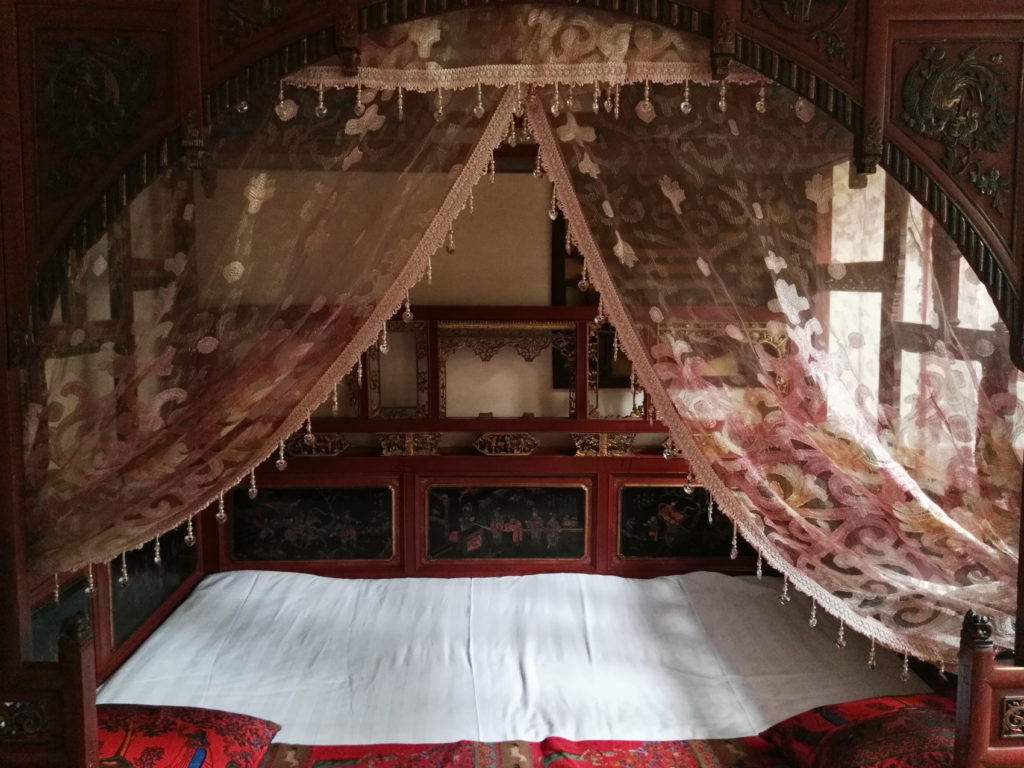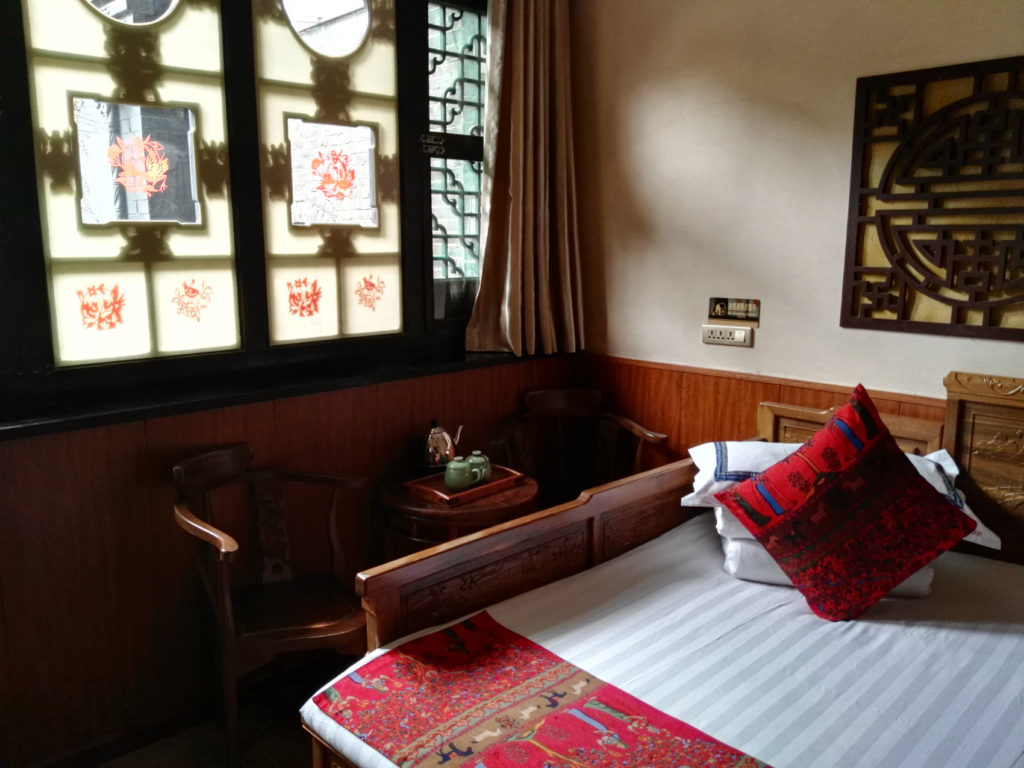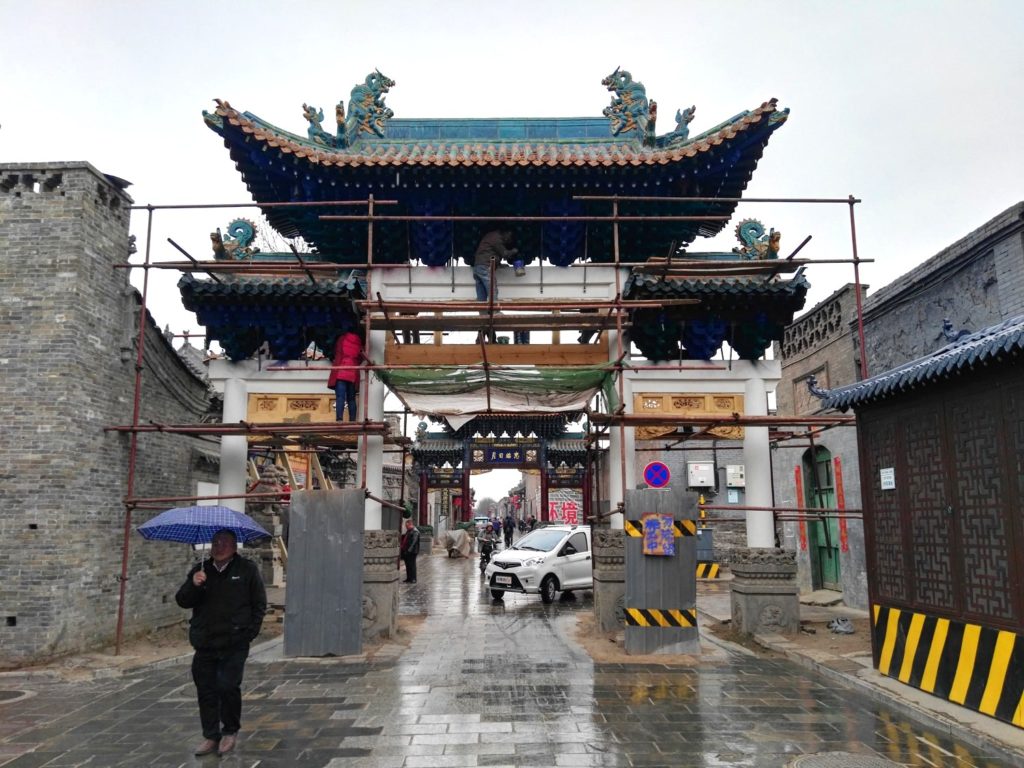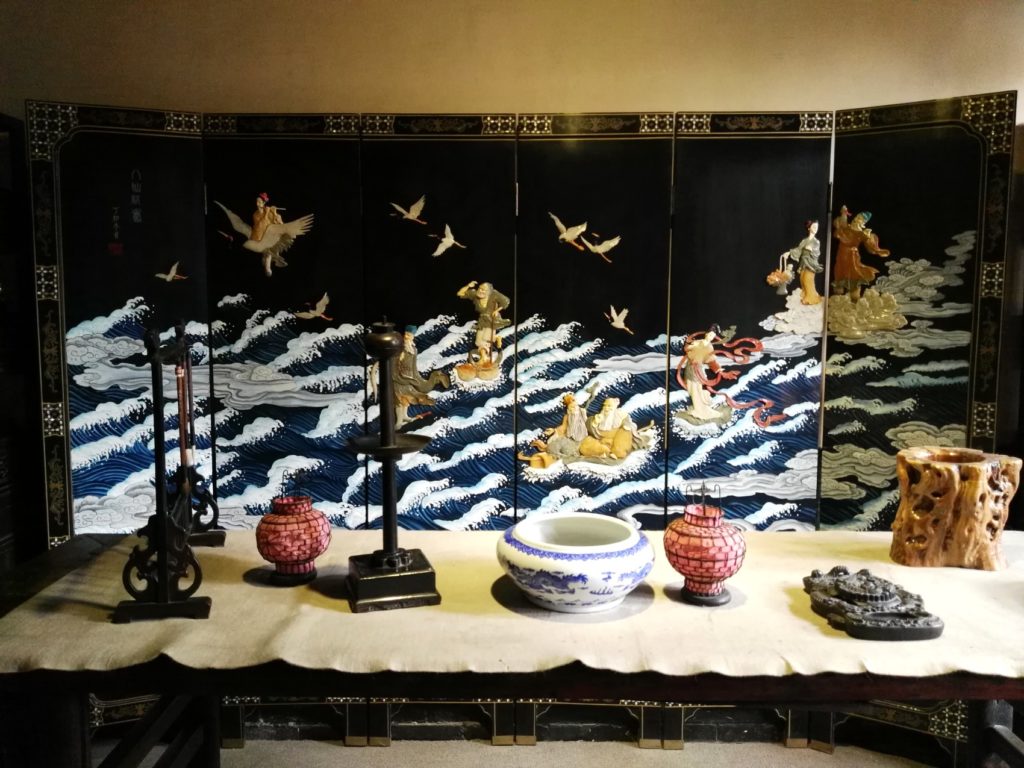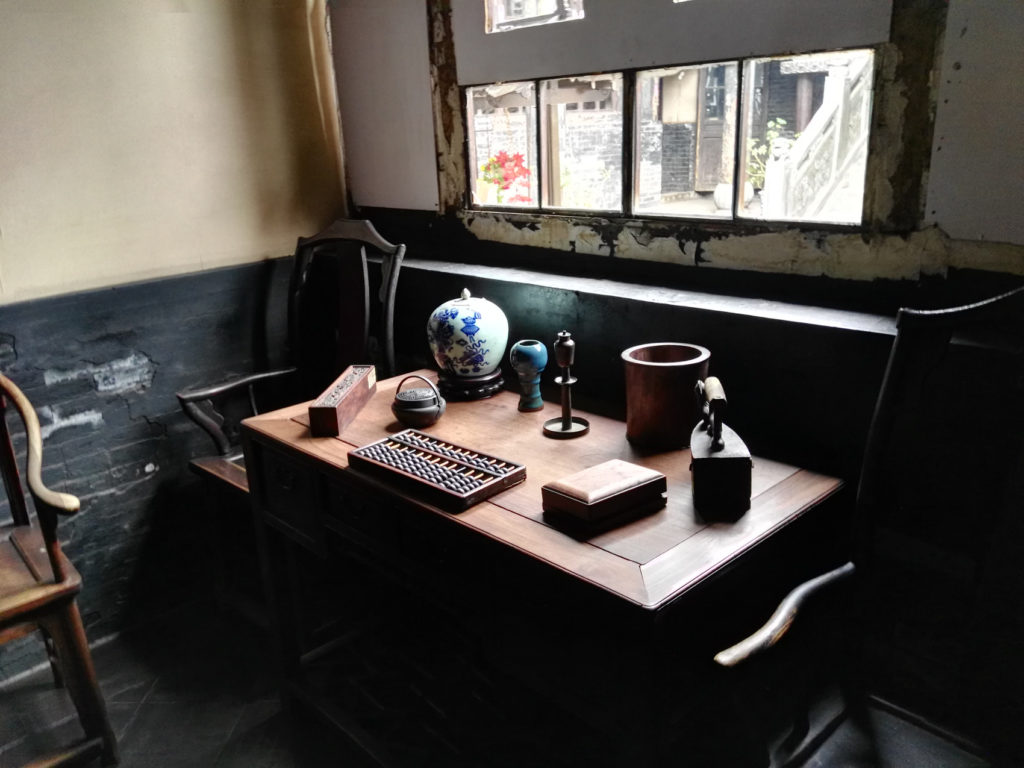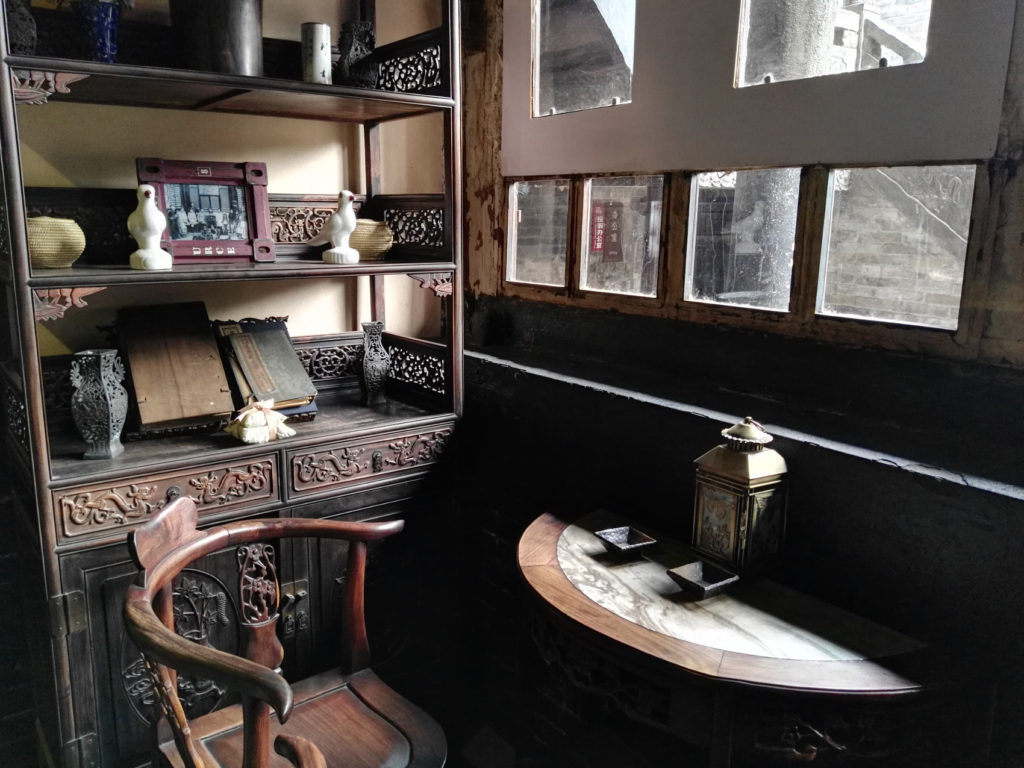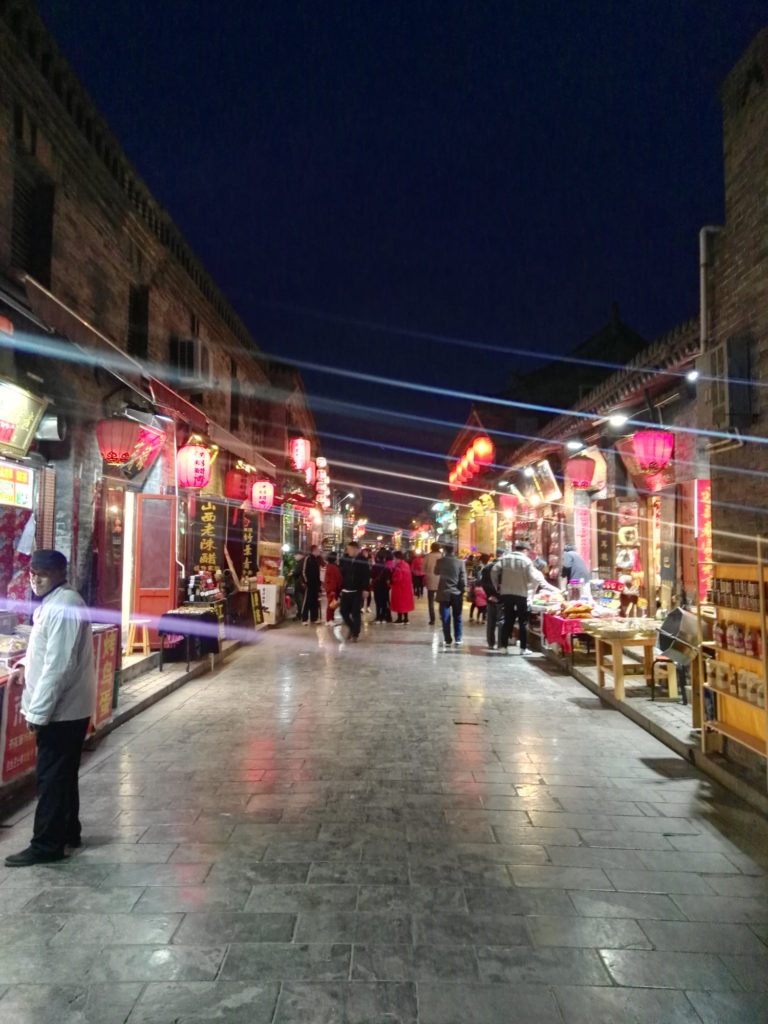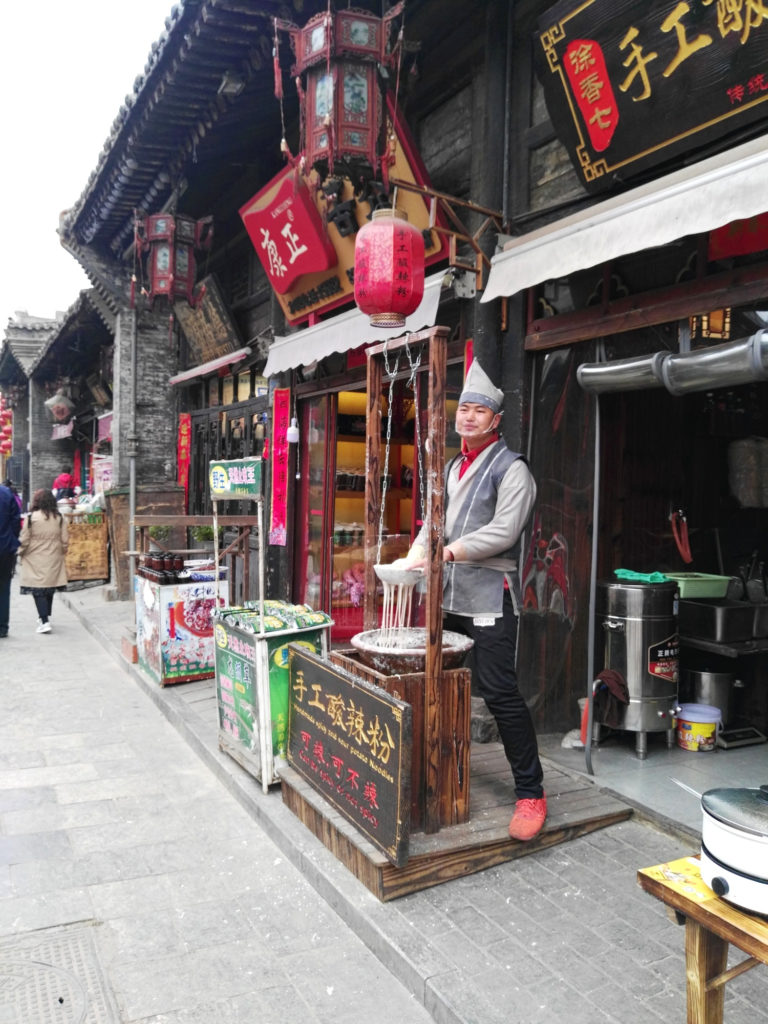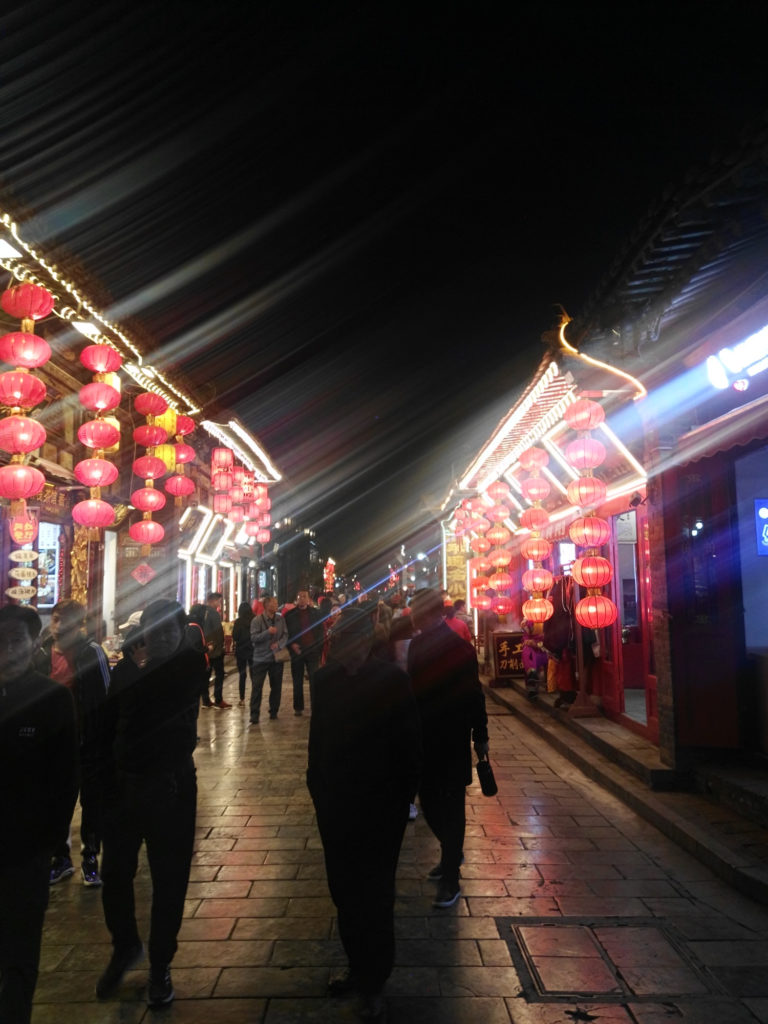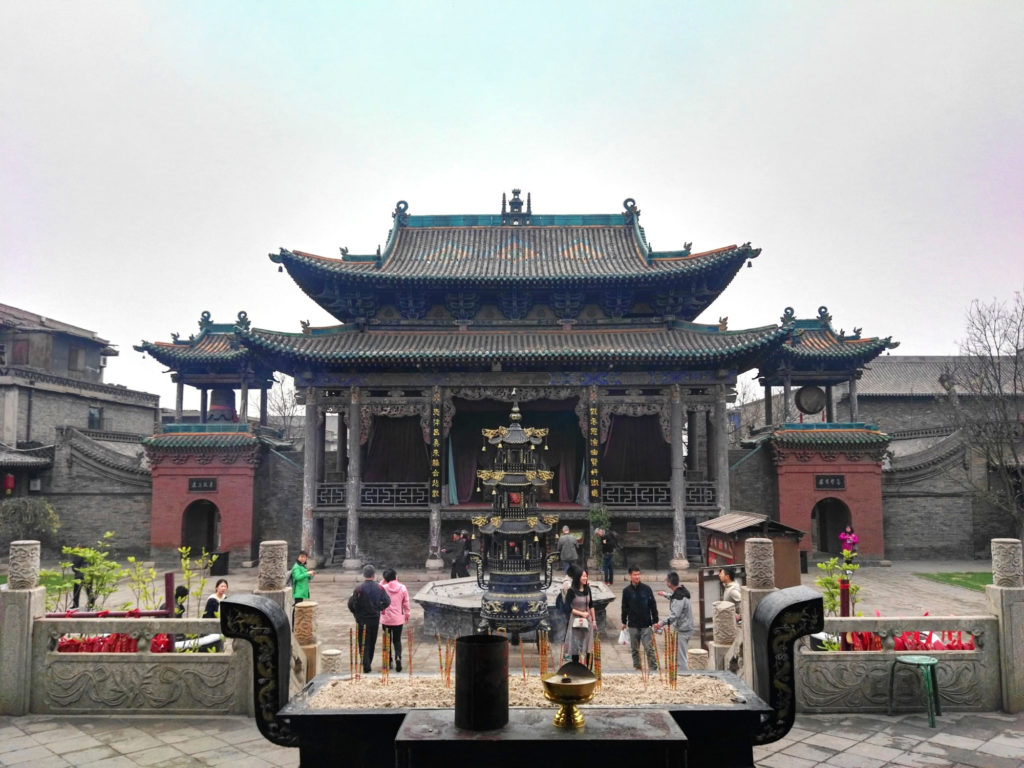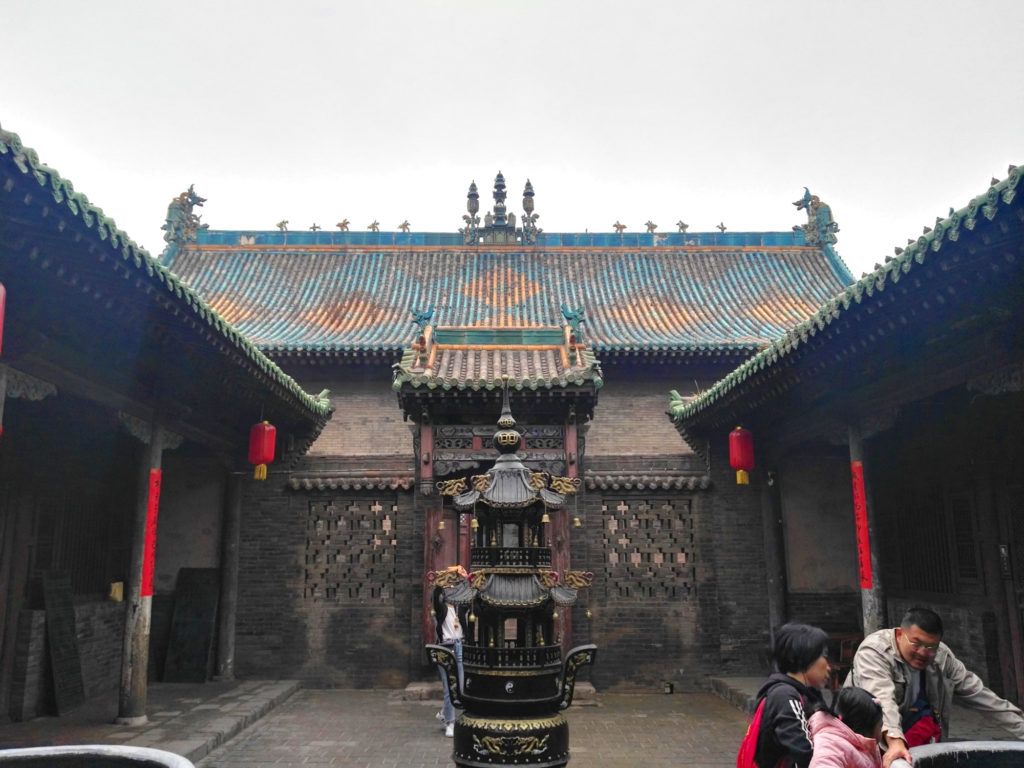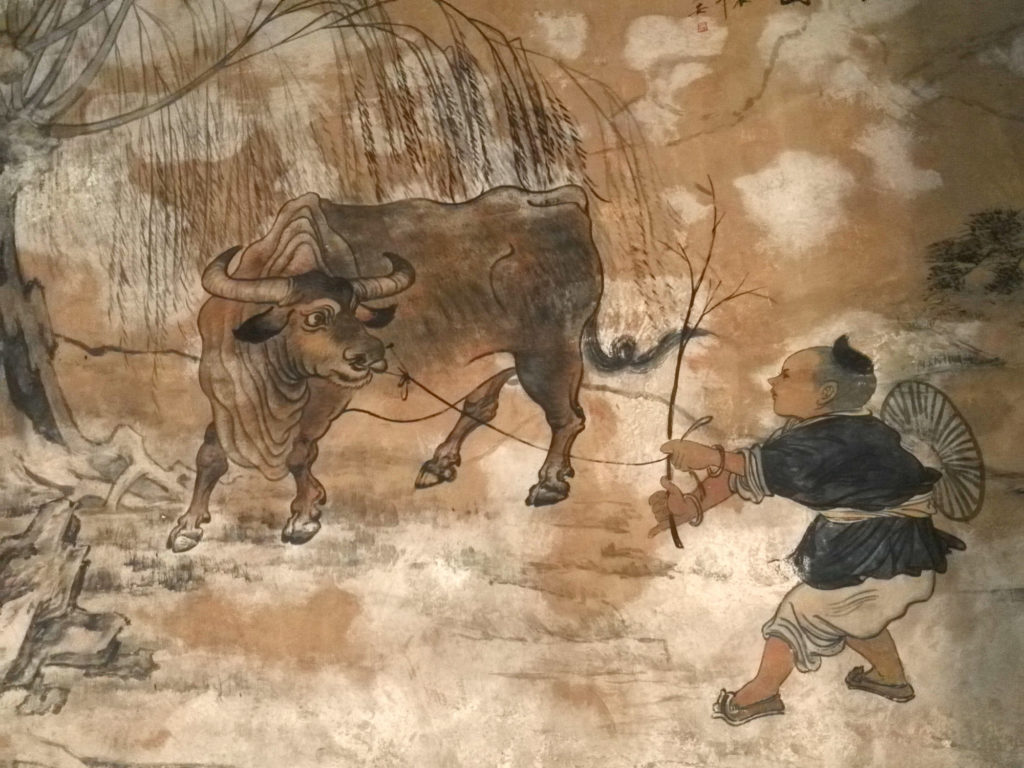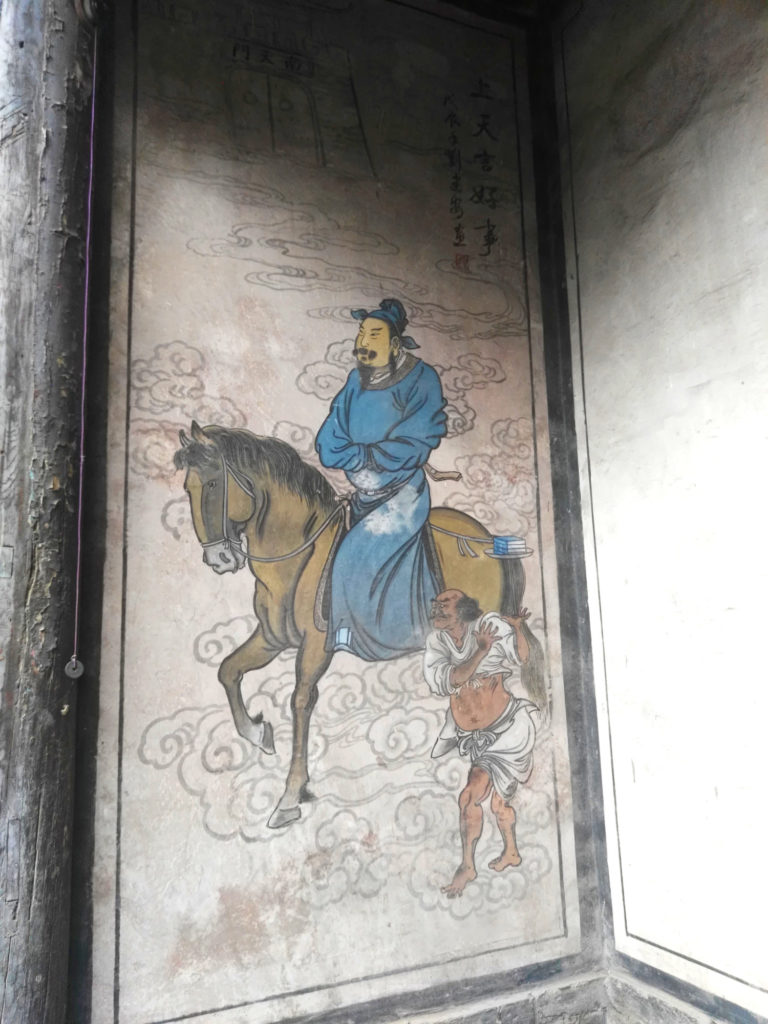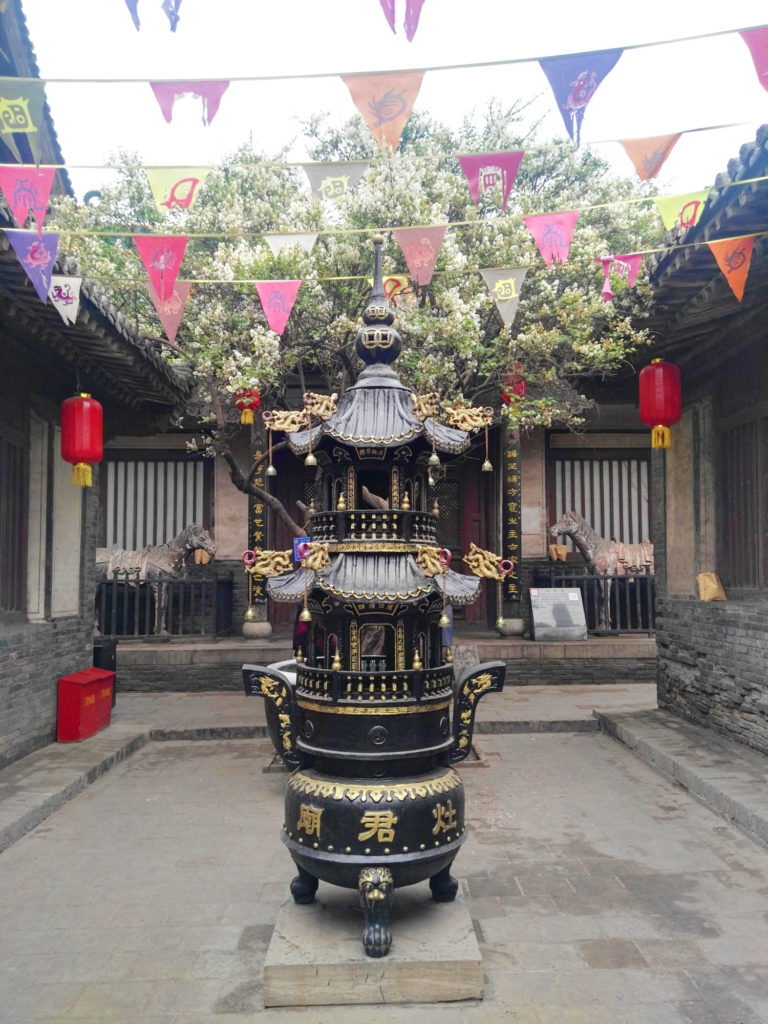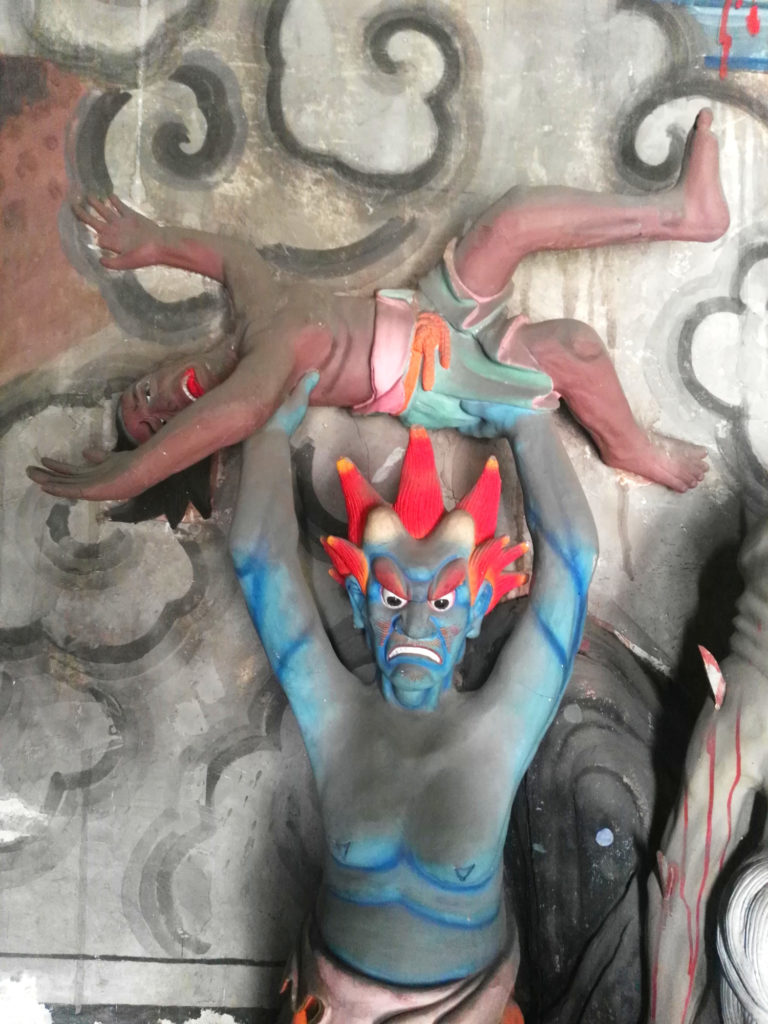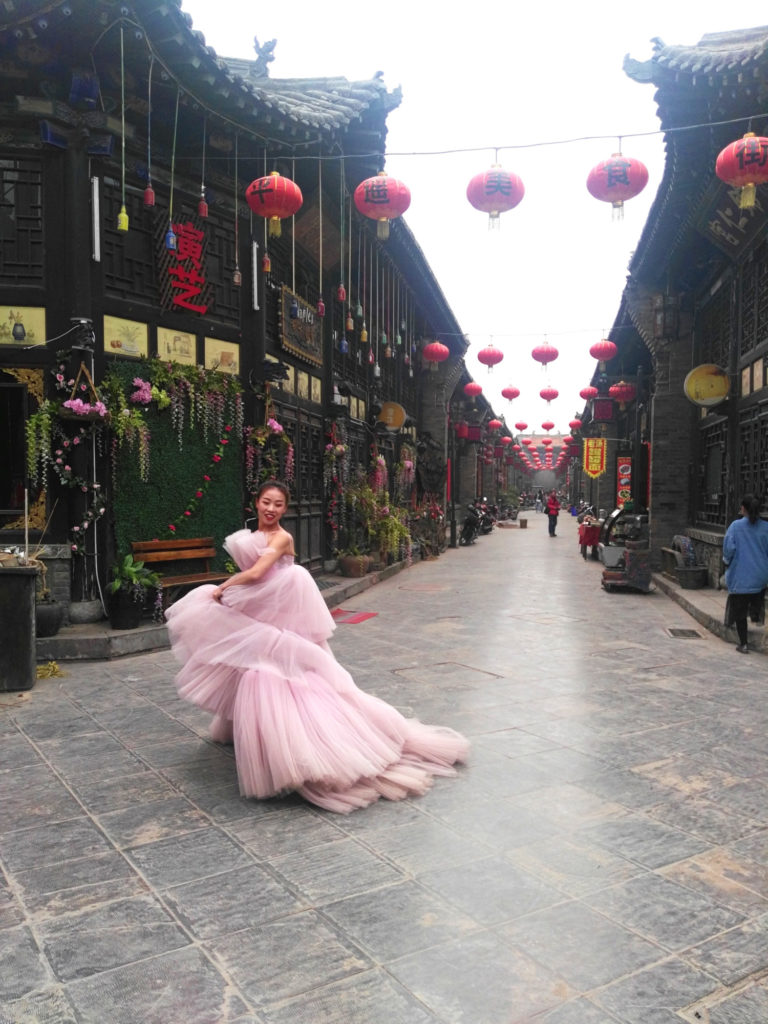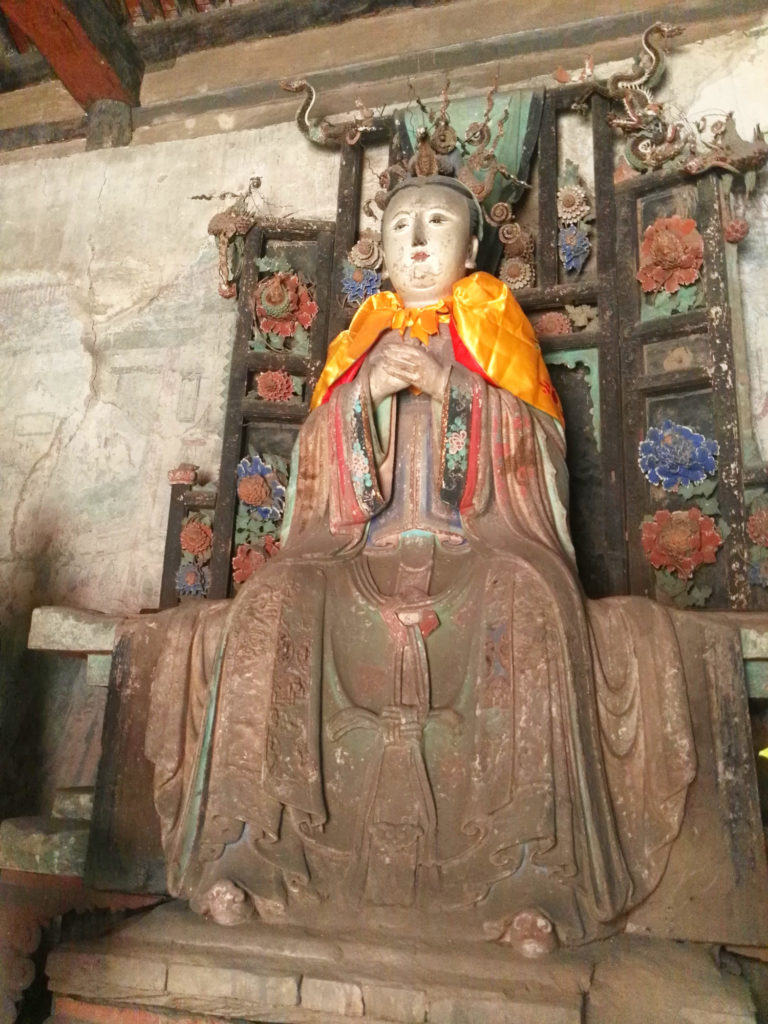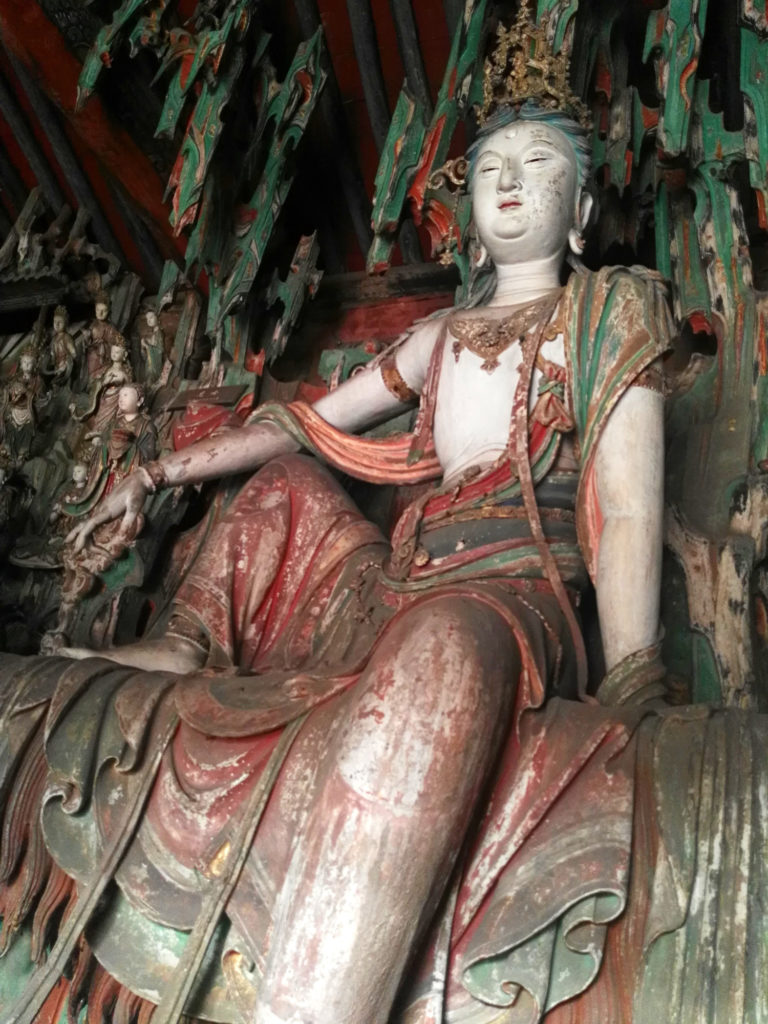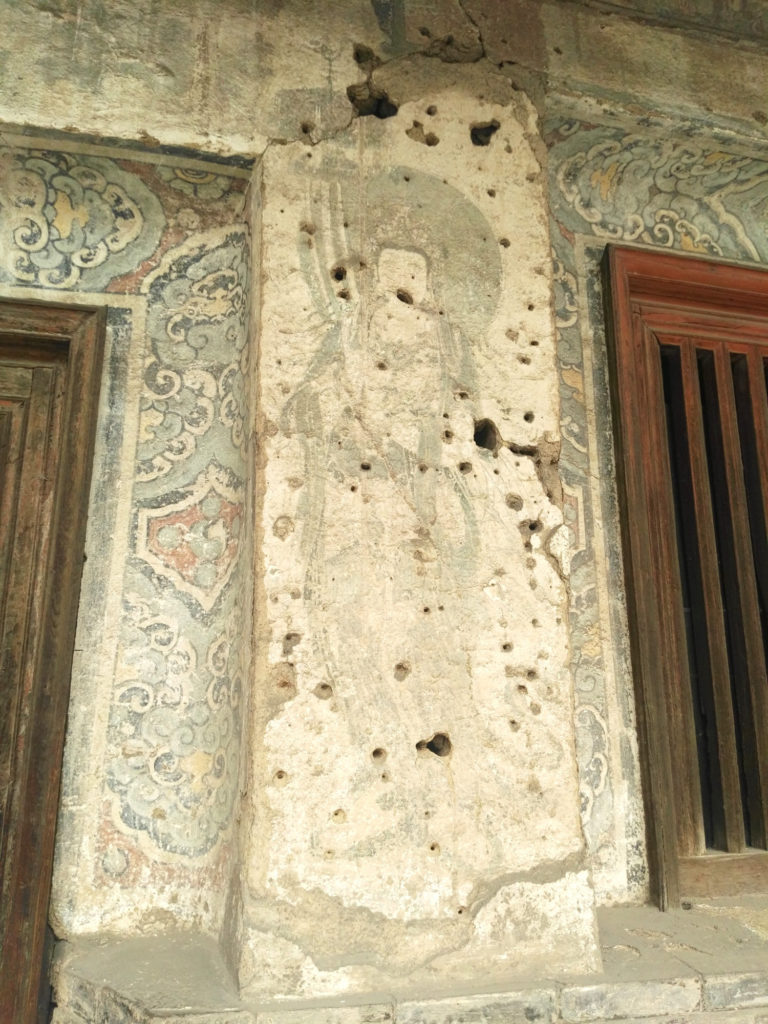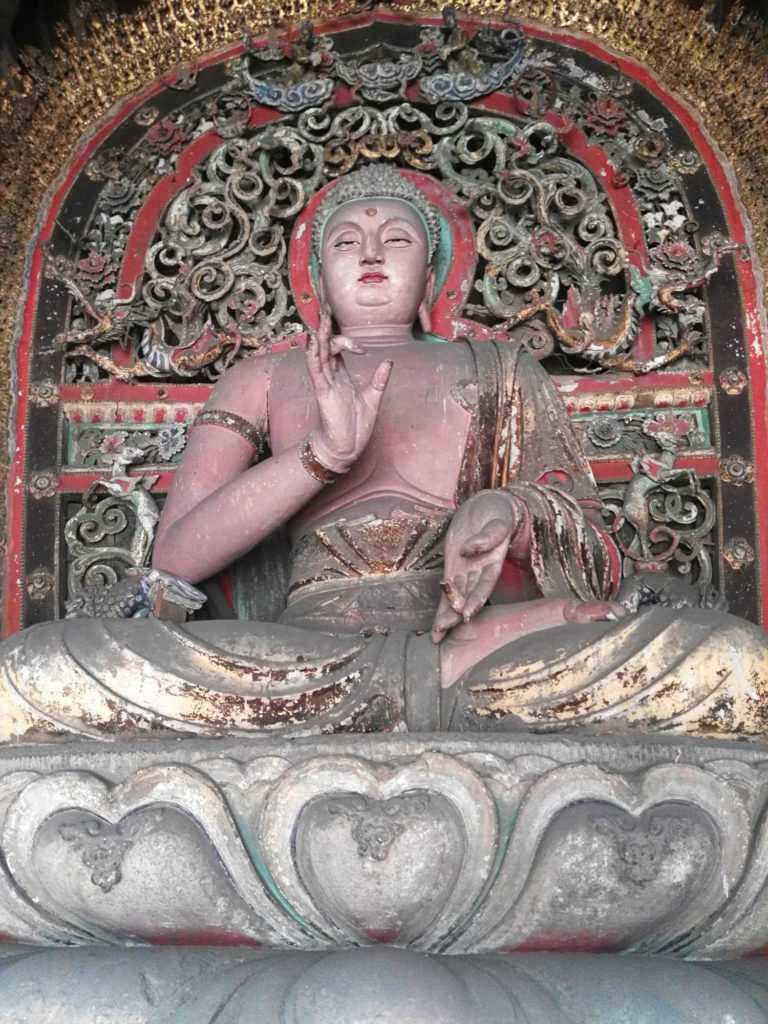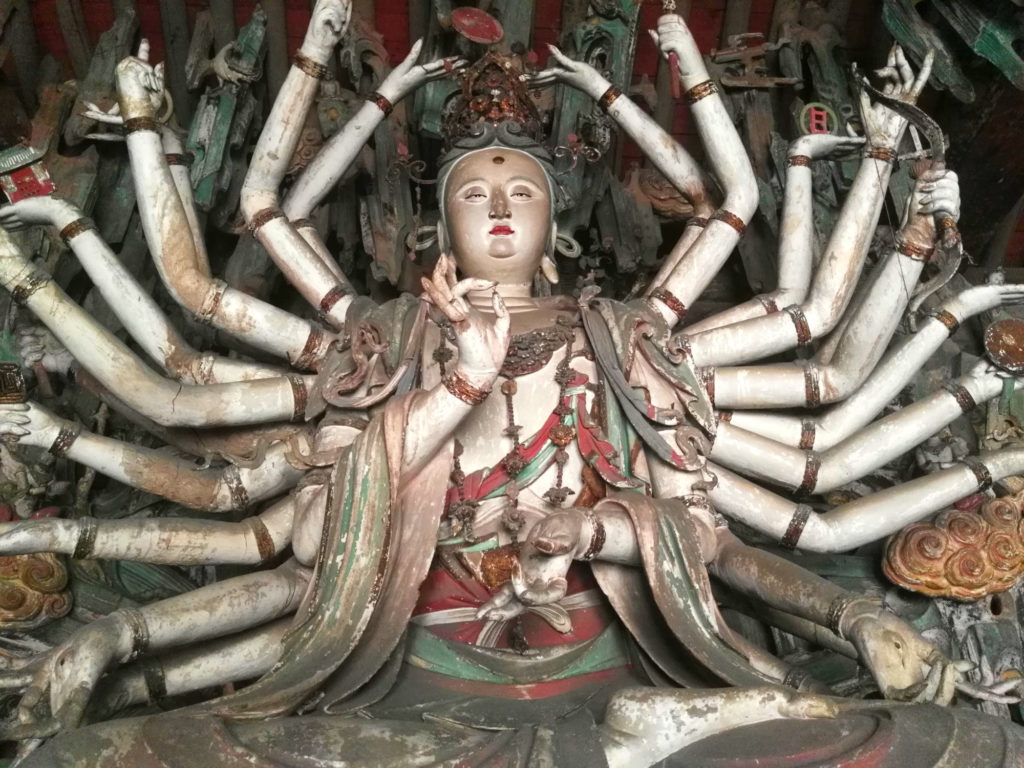Pingyao: a step back in time
How about finding yourself almost on a Zhang Yimou movie set, for a weekend or during your trip across China? Pingyao will give you the opportunity and delight you!
Pingyao is a small fortified city surrounded by walls dating back to the Ming dynasty (1370), and a UNESCO World Heritage Site since 1997. It is THE best place to make you step back several centuries ago, or in 1920 at the time of Zhang Yimou’s movie “Raise the Red Lantern”, which was actually filmed at the old Qiao Family compound close to Pingyao.
A well preserved old town
The preserved old town of Pingyao, surrounded by the new city, escaped the last decades’ Chinese policy tending to destroy all old buildings to erect new ones.
Pingyao is filled with ancient residences that were built following the rules of Chinese traditional architecture: it is based both on the fengshui system and the social norms at that time. Fengshui, regulating the use of space according to energy and the 5 Chinese elements, went as far as justifying the space allocated to each member of the family in the compound: the sons close to the entrance of the courtyard, the unmarried daughters at the back and on the top floor, forbidden to climb freely down the stairs.
Pingyao old town only covers an area of 1.6km on 1.6km. Inside the city walls you would be amazed by the density of old compounds. Every door leads to another old structure, hidden behind a succession of courtyards and short walls meant to stop evil spirits from entering. It’s a delight to meander across these old alleys where, for once, the old hasn’t been automatically replaced by the new, as it is the case in many Chinese cities.
Of course, this modernization-through-reconstruction policy is perfectly understandable. Everyone would like to benefit from running water, central heating, gas, electricity, and modern comfort.
Leaving aside the fact that these old huge residences, which used to belong to rich merchants, traders, bankers, state civil servants or politicians, can never be occupied nowadays by ordinary average Chinese citizens. It is also cheaper to build high-rise buildings than renovate ancient ones, and taller buildings can accommodate far more people!
However, in the eyes of the traveller, one can only admire and be filled with delight while strolling through these elegant structures from the past centuries.
These tiny palaces actually had their guardian angel and protector. Ruan Yisan, a city planning teacher in Shanghai, pleaded the old town’s cause with the central authorities, in order to avoid its destruction planned by local authorities. It worked and in 1986, Pingyao was classified as a “national historical city”. Eleven years later, it was internationally recognized through the UNESCO programs and protection.
From finance to tourism
A major financial centre in China under the Qing dynasty (1644-1911), the city of Pingyao turned into decay and poverty in the 20 th century.
How could this happen?
Not only was Pingyao a major trading hub during the Ming dynasty (1368-1644) thanks to its geographical position and mineral resources, it also became a financial centre under the Qing dynasty.
In 1823 Lei Lutai opened Rishengchang bank, the ancestor of modern banking system in China. The system facilitated and secured money transportation. Indeed, at that time money was counted in silver ingots that needed heavy human protection against potential robbery when being moved from a place to another. An employee from a tincture company suggested that while silver bars were deposited in one place, they could be retrieved at another counter somewhere else in the country, with banking fees. Although it was first originally designed for the company’s internal transactions, merchants in Pingyao found Lei Lutai’s system extremely interesting. After this promising success, 53 branches were opened across the country and a bank loan activity followed.
After several decades of careful management by Lei Lutai, his successors, managers and shareholders, the bank’s performance greatly deteriorated in 1911 and 1912 due to its owner Li Wudian, who wanted to increase his personal power and interests. The bank’s decisions were more and more relying on him only, becoming less and less questionable by the other managers.
Moreover, China had entered troubled times, and the bank had to close its doors in 1932.
Later on, banking and trading lost their reputation, as they were seen as evil privileged class businesses, enemies of the working classes. In the communist era the city fell into decline and relative poverty.
Nowadays, thanks to tourism windfall, the old town can still be preserved while the outer city has developed as its modern counterpart. The main streets of the old town and its most important
residences were renovated while preserving their original aspect. A flock of small shops, hotels and restaurants also opened, which allows more and more local people to live from tourism.
Several old compounds were also renovated as small museums, like for example the famous Rishengchang bank. Explanations in English are sometimes available. A single entrance ticket for the old town gives way to the entrance of most residences and museums.
The main street is bustling day and night, with all its shops and restaurants displaying the local specialties (or supposed so!)
Back to history: if you still have time, don’t miss Shuanglin Temple outside Pingyao and easily reached by taxi. Its beautiful painted statues date back to the 12th to 19th century, and mostly to the
Ming dynasty (1368-1644). The temple hasn’t been renovated but its rather worn out condition conveys a special atmosphere. I reckon it is a gem filled with history.
Ready to include Pingyao in your trip across China? Contact us at [email protected]!

